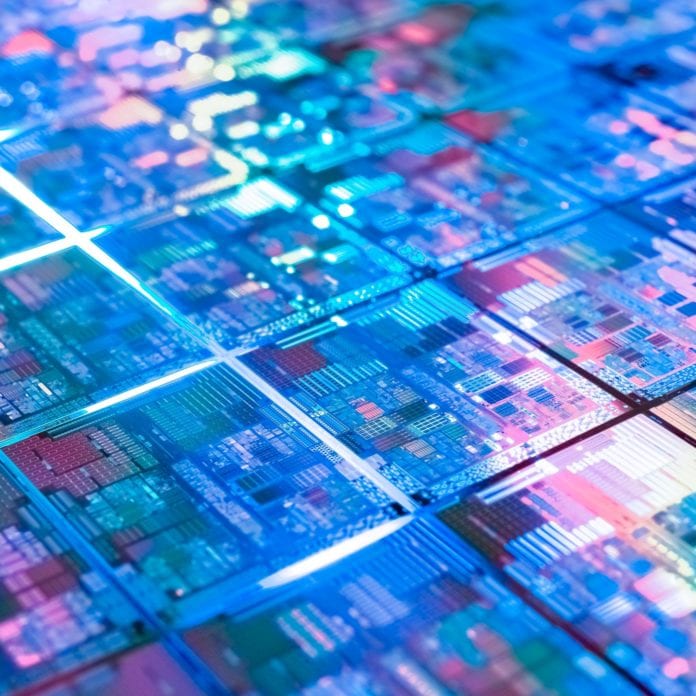Intel has landed Qualcomm and Amazon as major customers for its Intel Foundry Services chipmaking and packaging, as it charts a path forward for the business amid fierce performance competition and continued semiconductor component shortages.
“We are accelerating our innovation roadmap to ensure we are on a clear path to process performance leadership by 2025,” said Intel CEO Pat Gelsinger.
Intel also introduced a new naming convention for its chips, moving away from naming based on the nanometer process to a single-digit series name. Its Intel 7 node, for example, delivers 10-15% better performance per watt than its Intel 10nm SuperFin, the company said.
Gelsinger said on the company’s recent quarterly call that Intel continues to see momentum in its IFS business and is engaged with more than 100 potential customers. On Monday, Intel laid out a detailed product roadmap through 2025 — including its first new transistor architecture in more than a decade, and a new power delivery solution, PowerVia, as well as its first IFS customers.
Qualcomm will use Intel’s 20A chipmaking process, which Intel said will include RibbonFET — Intel’s implementation of a gate-all-around transistor — with faster transistor switching speeds and the same drive current as multiple fins in a smaller footprint. 20A also implements PowerVia, which Intel says optimizes signal transmission by eliminating the need for power routing on the front side of the water. Amazon, meanwhile, will use Intel’s assembly/packaging processes for its own data center chips, through IFS. “Packaging is becoming even more important to realizing the benefits of Moore’s Law,” Intel said.
Intel did not give details as to expected revenues or manufacturing volume that the new customer wins will bring. On Intel’s recent quarterly call with investors, Gelsinger said that the company is operating in “a strong demand environment [that] continues to stress the supply chain.” He added that he expects component shortages to “bottom out” in the second half of this year, but that “it will take another one to two years before the industry is able to completely catch up with demand.” He said that Intel’s strategy to combines increased internal manufacturing capacity with the use of third-party foundries best positions the company to weather that period challenges and work with partners to build a “more resilient” supply chain.
Speaking about IFS specifically on the quarterly call, Gelsinger also said that the company plans to “build additional capacity to support both internal and IFS growth” — on top of its $20 billion planned fab investment in Arizona and $3.5 billion investment in advanced packaging at a facility in New Mexico. He said that Intel expects to announce its plans for additional U.S. and European sites by the end of this year.
In related news, rival chipmaker TSMC has received government go-ahead for a new plant to manufacture advanced semiconductors: a 2-nanometer facility, with construction slated to start in 2022, according to published reports.

